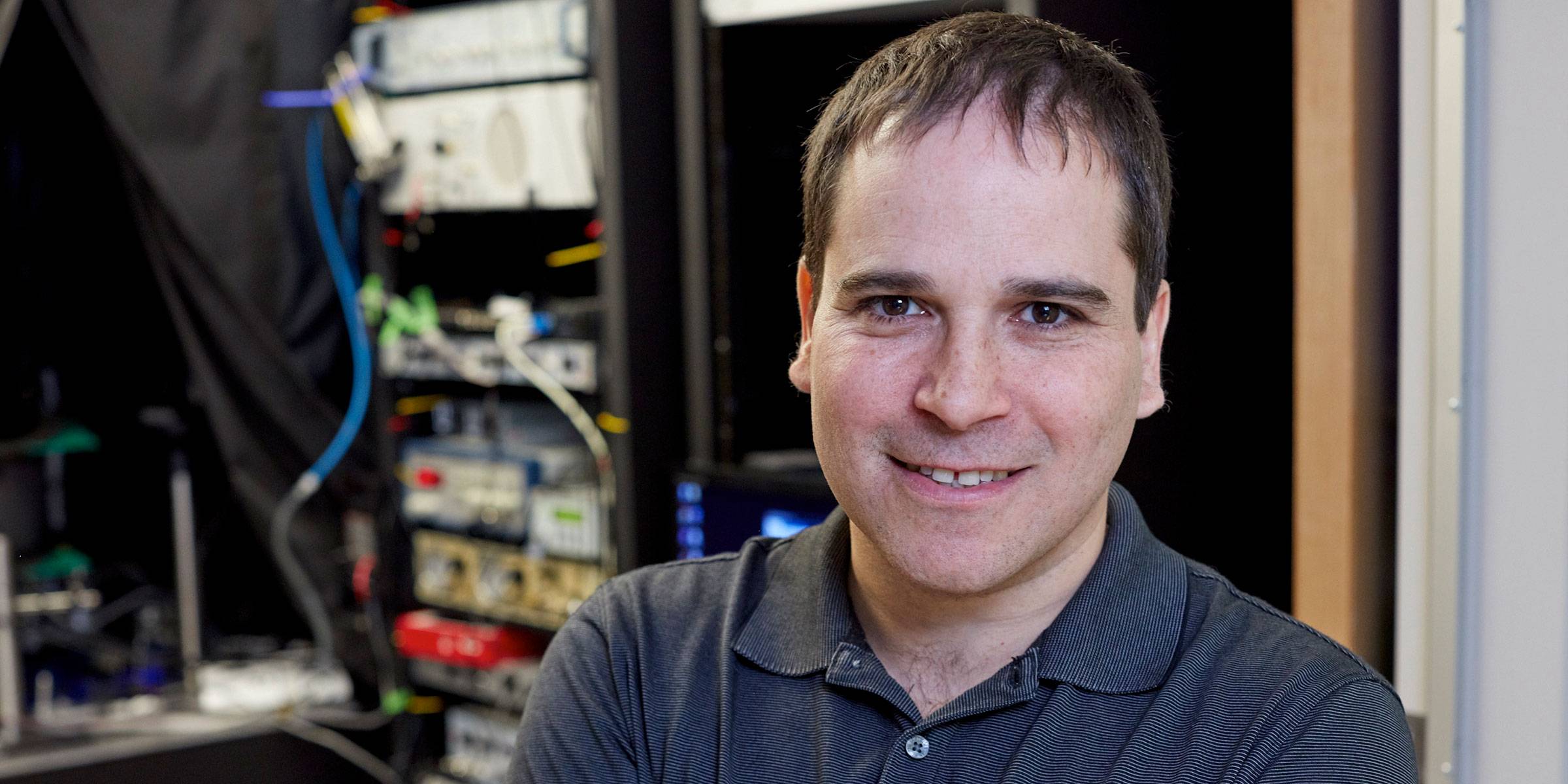Gaby Maimon, Ph.D.
Professor
Investigator, Howard Hughes Medical Institute
Humans and animals have the remarkable capacity to remember spatial locations, time intervals, event probabilities, and other relevant variables. The Maimon lab aims to understand how brains form quantitatively precise memories of such variables and how these memories guide behavior. The group's long-term goal is to inform the nature of cognition and abstract thought—from molecules, through their effects on neural circuits, to behavior.
Psychologists turn to notions such as working memory, event prediction, stimulus valuation, and internal spatial maps to help explain human and animal behavior. However, the intellectual frameworks for thinking about these cognitive concepts, as well as our understanding of their neural implementation, remain in their infancy.
Research in the Maimon lab is inspired by the fact that insects, despite having tiny brains, appear capable of performing certain cognitive operations extremely well. For example, desert ants know if they are 30 or 90 meters away from their nest, and honeybees communicate with their waggle dance if a flower patch is 30 or 90 degrees to the left of the Sun. By seeking comprehensive descriptions of how insect brains perform such quantitatively precise internal calculations, the lab aims to discover general principles of cognition across animals.
The group studies the genetically tractable fruit fly, Drosophila, and the lab has pioneered one of the main approaches it uses: monitoring neural activity in flies performing flight or walking behaviors in virtual reality, while glued to a tiny platform.
Using this platform, the Maimon lab discovered a neural circuit that allows insects to build and update an internal, compass-like sense of orientation. This circuit operates even in complete darkness, wherein flies must internally tally how fast they are turning left or right at each moment so as to update their compass sense.
In more recent work, the lab discovered a neural-circuit for adding mathematical vectors in the fly brain. Classical behavioral experiments suggested that insects add vectors to form and update spatial memories, but it was unclear how their tiny brains could implement anything like vector math. Understanding vector computation in flies may ultimately inform how the human brain forms spatial memories—e.g., remembering where we parked our car in a parking lot—and what goes awry in Alzheimer’s disease, when forming such memories becomes impaired.
Beyond spatial memories, the lab is also examining how flies assess the value of a given location for egg-laying in relation to the value of other nearby locations, and how flies predict the likelihood that a salient event will or will not occur in the near future. Flies often use vision to guide such behaviors, and the lab recently discovered that flies actively move their retinas under the stable lenses of their compound eyes. These retinal movements have dynamics that resemble those of human eye movements, and they allow flies to see the world better than previously appreciated.
As the neural circuits mediating spatial cognition become clearer in flies, the lab is increasingly leveraging the advanced genetic methods in Drosophila to reveal how subcellular operations contribute to neural-circuit function. Thus, the group seeks to describe, across multiple levels of biological organization—from molecules, to circuits, to behavior—how brains internally compute the values of variables, store those values in memory, and use those memories to drive action.
Maimon is a faculty member in the David Rockefeller Graduate Program, and the Tri-Institutional M.D.-Ph.D. Program.
